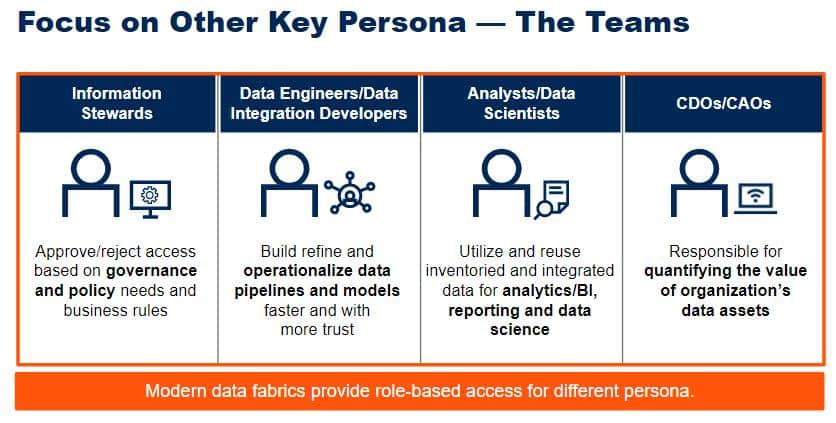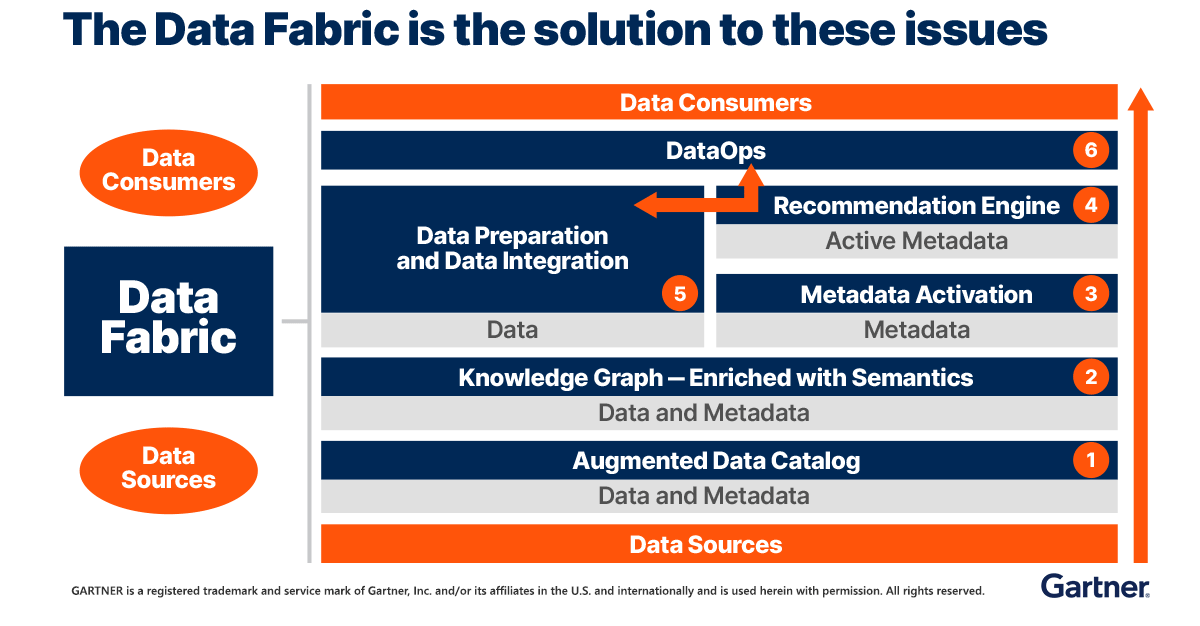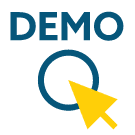Exec Summary
Adopting a Data Fabric Design for data management saves time and costs for the business. It also makes it easier to spread the information within an organization, as confirmed by Gartner at the Data&Analytics Summit. Therefore, this innovative approach brings numerous benefits for enterprises. Irion EDM is one of the Data Fabric-Ready platforms recognized by Gartner and cited by Eric Thoo in his talk.
Why is there so much talk about Data Fabric?
Eric Thoo, in his presentation “Upgrade to a Data Fabric Design to Transform Your Data Management and Integration Architecture”, tells why the Data Fabric is the future of Data Management.
Many Data Management technologies today work in silos. In fact, data is managed in a fragmentary way. Sometimes metadata management technologies are used, sometimes other ETL tools with data stores in one or more databases, in the cloud (private or public), CRM, flat files… As a result, manual tasks for users proliferate.
How to make data management agile? How to respond to the demand for speed and flexibility while providing information based on data of different nature and origin, managed in different ways and latencies across multiple platforms?
How to reinvent, renew, and modernize Data Management?
The Data Fabric comes as a direct response to these needs.
Let us first make one thing clear: the Data Fabric is a framework, not a technology.
It is not a “magic” replacement technology that shakes up the technology stack currently available for CDOs. It is a framework that allows you to free the data blocked in different sources and systems, generate correlations, etc.
The Data Fabric uses multiple components that can be selected and assembled in different combinations. It thus supports various analytical and operational use cases in distributed and heterogeneous data environments according to a metadata-driven approach.
Metadata plays a fundamental role. It does not only describe the data of a pipeline but also can be actively employed to:
- explore its characteristics through graphical navigation,
- suggest opportunities for efficient management,
- accompany its evolution throughout the life cycle,
- establish the data quality requirements involved and show their actual compliance
- carry out other Data Management activities
The active metadata and semantic inference are the crucial new aspects of Data Fabric compared to traditional approaches.
Gartner identify six pillars of a data fabric model:
- Augmented data catalog
- Semantic knowledge graph
- Metadata activation
- Recommendation engine
- Data preparation and data delivery
- Orchestration and DataOps

Why should businesses adopt a Data Fabric approach?
According to Eric Thoo:
- Adopting a Data Fabric Design for data management saves time and costs for the business. By 2023, organizations that use Data Fabric to dynamically connect, optimize, and automate data management processes will reduce their time-to-data delivery by 30%.
- Data Fabric Design allows business users to easily obtain the information they need.. By 2023, the Data-Fabric-enabled automation in data management and integration will reduce dependence on IT specialists by 20%.
Different actors of a Data management system will benefit from it, but this approach makes the corporate data assets available to business users. In fact, they don’t always know how to outline their requirements. And how is it possible to build a technology for someone who does not know their functional specification? Once, it was impossible, but now it is not. Adopting the Data Fabric gives the people of business a possibility to build their own functional models when they cannot share the specifications.
Irion EDM is one of the Data Fabric Ready platforms recognized by Gartner and cited by Eric Thoo at the Data & Analytics Summit. Some capabilities and features of the Irion EDM platform make the tool ideal for applying Data Fabric techniques.
How can Irion EDM support the Data Fabric framework?
Irion EDM is a fully metadata-driven platform. Its functionality can make the most of metadata and its potential. It can manage a metadata model that integrates all metadata useful for representing entities, relations, and attributes for managing business data assets. To consult it, there are semantic graphs to navigate in a next-gen Data Catalog. The R and Python languages natively present in the platform support the implementation of elaborate calculation logic and the use of specialized libraries for AI and ML solutions. For example, they can suggest optimization opportunities in data integration and data delivery phases of a data pipeline based on data value and the costs sustained in different data pipeline phases. Irion does not provide ready-to-use features for this purpose. Instead, it offers an integrated, complete, open platform with components that support a data fabric model and, more generally, an agile approach to data lifecycle management.
Want to know more?
We will provide you illustrative examples of ho others have already started their transformation.






